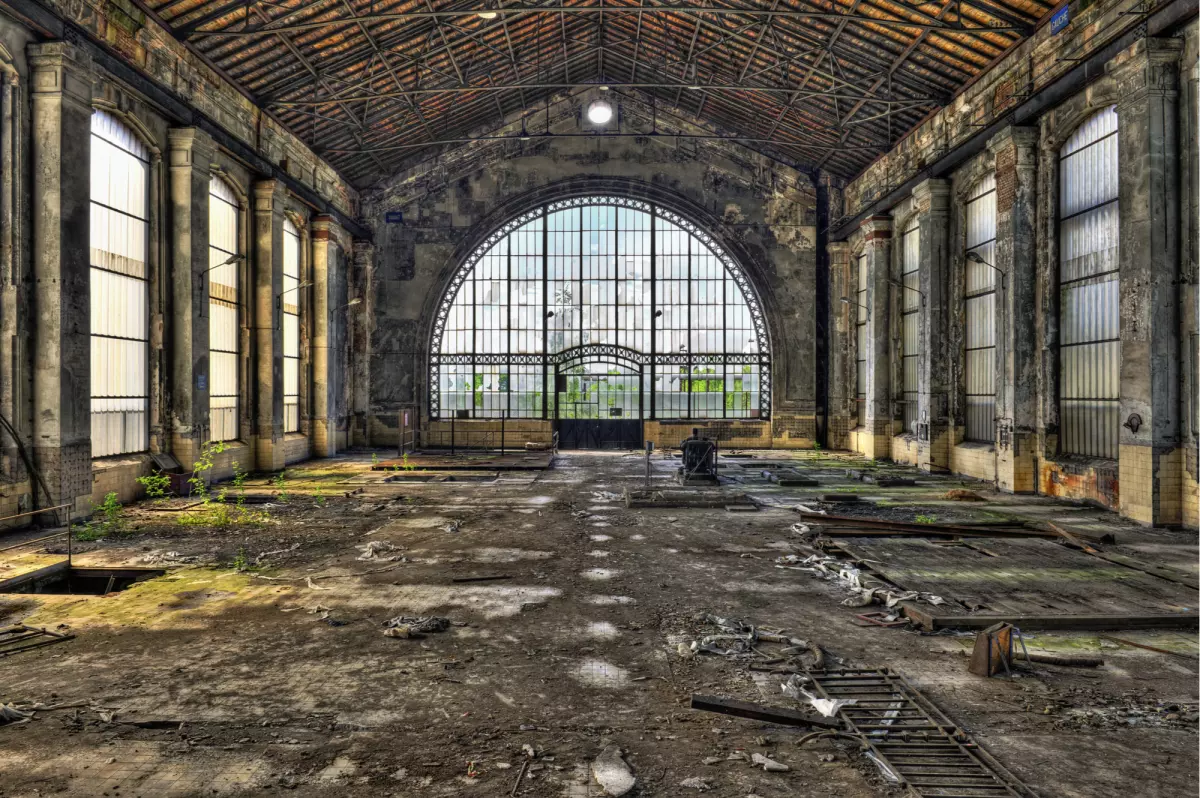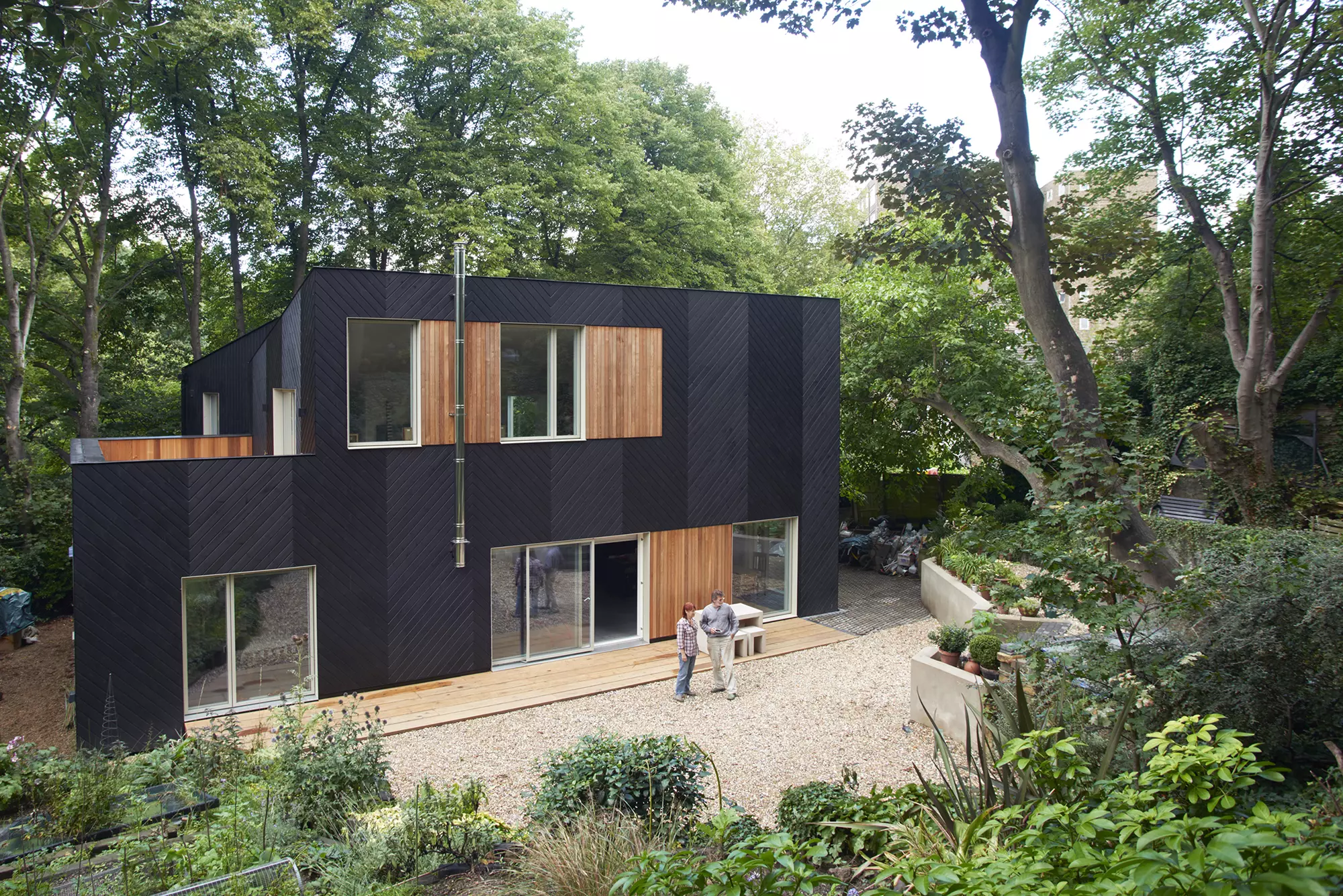Introduction
Are you dreaming of building your own home? The journey from idea to reality may seem overwhelming, especially when it comes to finding the perfect plot of land. However, with a little time, effort, and smart searching, the process can be more manageable than you think. In this article, we will guide you through the steps of finding the ideal land for your dream self-build home.
Assessing Your Needs
Before you start searching for a plot, it's essential to consider your requirements. While having a clear vision of your dream home is great, it's crucial to prioritize the shape and terrain of the land. Flexibility is key, as you may need to compromise and adapt your ideas to fit the available land within your desired location and budget.
Determining the Size of the Plot
Understanding how much land you need is a crucial step. While a four-bedroom home can typically be built on a tenth of an acre, if you desire ample outdoor space, aim for a third or even half an acre. When it comes to pricing, the cost of the land depends on the surrounding house prices, usually ranging from a quarter to two-thirds of your finished home's market value.
Researching Local Authorities
To find available plots, it's essential to explore all avenues. In 2016, Right to Build legislation was introduced in England, which requires local councils to make land available for self-builders. By registering your interest through the Right to Build Portal, you can access potential plots. It's advisable to sign up with multiple registers to maximize your chances.
Utilizing Online Resources
The internet has made finding land easier than ever. Plotsearch, Plotfinder, and Plotbrowser are some of the valuable online search tools that can provide helpful indications of plot prices in your desired location. Additionally, keep an eye on estate agent websites like Rightmove and Zoopla, and reach out to local estate agents to stay informed about new opportunities.
 Brownfield land - how to find the perfect plot
Brownfield land - how to find the perfect plot
Exploring Brownfield Land
An often overlooked option for self-builders is brownfield land, which refers to previously developed sites. These plots can be a great opportunity as they often come with less competition and are located in areas where space is scarce or planning permission is challenging. Each council in England now has a publicly available register of brownfield land suitable for housing, which you can access by contacting your local council.
Considering Your Own Garden
Sometimes, the answer to your plot search is closer than you think - right in your own garden! If you have a sizable garden, it could be the perfect spot to build your dream home. Not only will you have somewhere to live during the construction process, but you can also take advantage of existing utility connections. Check the Land Registry for any covenants that may restrict development on your property.
 Garden plot self build in Greenwich
Garden plot self build in Greenwich
Exploring Replacement Opportunities
If you're struggling to find a vacant plot, consider purchasing an existing property that you can demolish and replace with your ideal home. However, it's crucial to check planning policies and ensure that the existing housing is not listed or in a conservation area. Demolition can be costly, but you can reclaim VAT on rebuild materials, as long as you don't use any part of the existing dwelling.
Serviced Plots
For a more streamlined and less stressful build, serviced plots are a great option. These sites come ready to build on, with utilities and planning permission already in place. Though they tend to be more expensive than unprepared plots, the convenience they offer is often worth the investment. The Graven Hill self-build community in Bicester is one example of a development with a large number of serviced plots.
 Graven Hill self build site - how to find a plot
Graven Hill self build site - how to find a plot
Building in Protected Areas
Building in protected zones such as conservation areas, areas of outstanding natural beauty, and national parks can be challenging due to restrictions. However, if you're willing to put in the effort and compromise, it is possible. Research the local planning policies and understand the limitations on design, materials, and scale. Each planning authority may have its own set of rules, so thorough research is crucial.
Considering Terrain and Potential Issues
When evaluating potential plots, it's essential to consider the terrain and any associated challenges. Sloped plots may require adjustments to your design, such as an upside-down layout to make use of excess space on the upper floor. Additionally, check for tree preservation orders, flood risks, and the potential presence of protected species. Conduct thorough checks and seek professional advice to minimize risks.
 Upside down house - how to find the perfect build plot
Upside down house - how to find the perfect build plot
Securing Planning Permission
It's generally advisable to buy a plot with planning permission, unless the purchase is subject to obtaining satisfactory consents. Research the plot's planning history on your council's website and consider arranging a pre-application meeting with the local planning officer. This will help you assess your chances of securing permission and understand the local planning policy. Applying for permission before purchasing is also an option.
Perseverance Pays Off
Finding the perfect plot for your self-build project may take time, but with perseverance and a multi-faceted approach, you're sure to find the right one. Don't underestimate traditional methods like exploring the area on foot or reaching out to homeowners with sizeable gardens. Remember, the ideal plot might be just around the corner.
With these tips in mind, you're ready to embark on your journey to find the perfect plot for your dream self-build home. Happy hunting!
Featured image: Andreea Dragomir / Shutterstock









